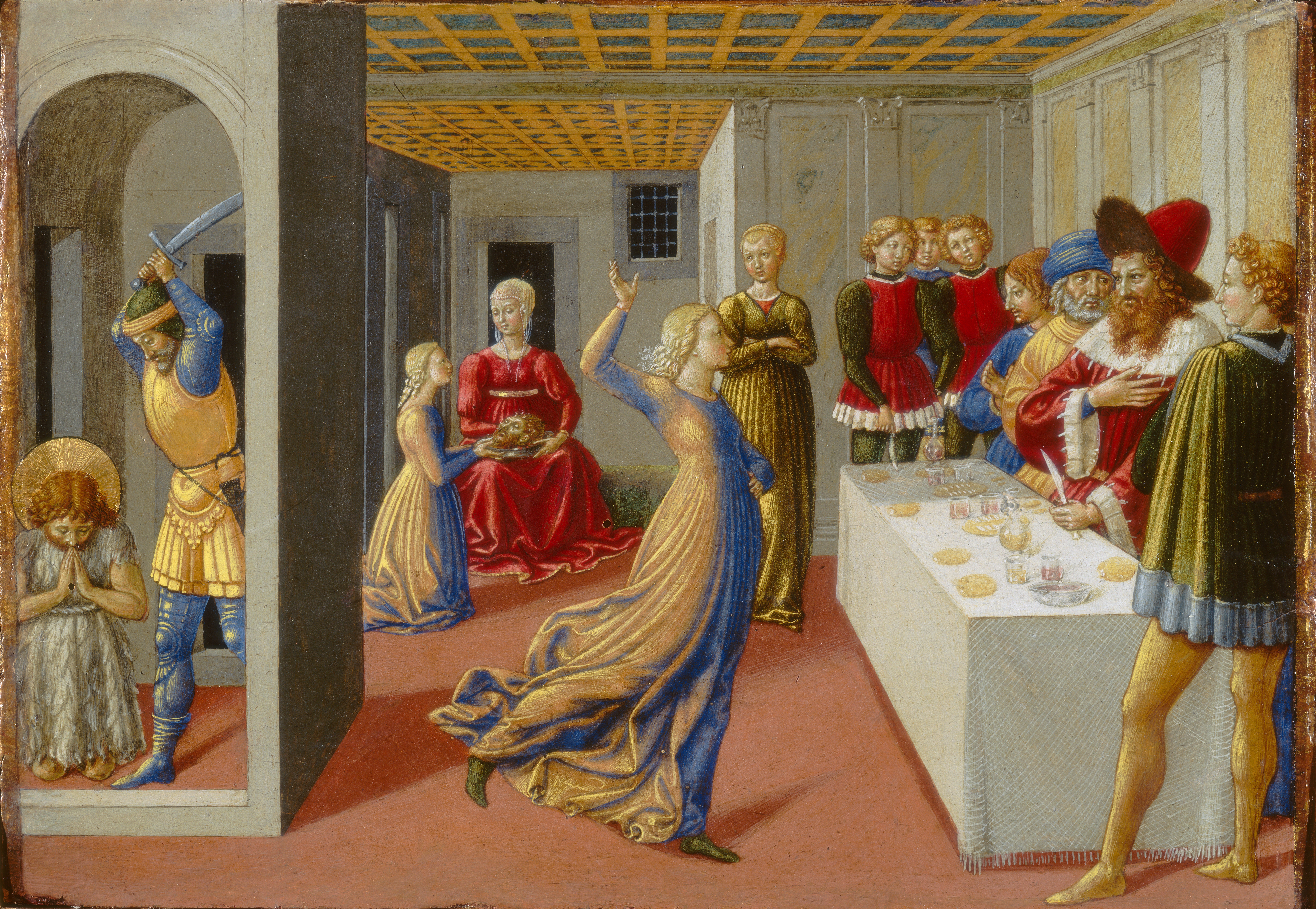Ever since she was a child, Matilda loved to dance. Talented and trained at an early age, she already performed at the English court when she was a child. In 1296, when she was 13 years old, Matilda danced for the 12-year-old prince Edward at Christmas time. The prince who later became King Edward II, rewarded her with two Shillings.

Early 14th- century depiction of a female performer, British Library, MS Royal 10 E iv, f. 58.
Matilda Makejoy was an acrobatic dancer, also called a salatrix. As her name implies, her function was to entertain and lift the mood at courtly celebrations. In addition to rhythmic movements interpreting the music, a salatrix interspersed her performance with gymnastics featuring jumps, leaps and somersaults, cartwheels, splits, handstands and walkovers. Sometimes, a salatrix would also use props like balls, bells, sticks, or knives.

The Dance of Salome, Benozzo Gozzoli , 1461-62, Kozma János [CC BY-SA 4.0 (https://creativecommons.org/licenses/by-sa/4.0)%5D
Following the tradition of Salome, the clothing of a salatrix was colourful, light and comfortable allowing her freedom of movement while not concealing the outline of her body. Since body expression was a major feature of a salatrice, the profession was denounced by the Church which accused the dancers of providing sexual favours. In Matilda’s case this seems not have been the case. She was dancing for Edward, when he was quite young and her entertainment value was limited to her stage performance.

Dance of Salome in John of Berry’s Petites Heures (BNF Latin 18014, fol. 212v), ca. 1372-1390
Edward was delighted by her presentation. At his knighting ceremony, in 1306, Matilda was invited to perform again and in 1310, she danced for Edward’s younger brothers Edmund and Thomas on Midsummer Night.